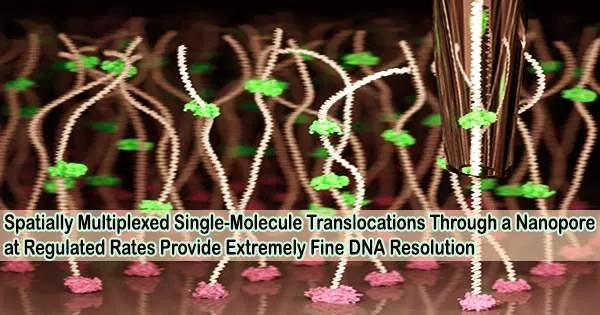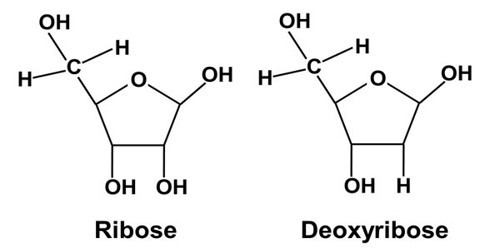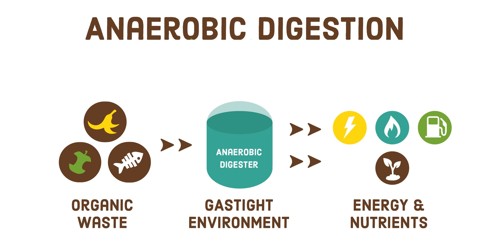The Laboratory of Nanoscale Biology’s director, Aleksandra Radenovic, has spent years working to advance nanopore technology, which involves passing a molecule like DNA through a very small pore in a membrane in order to measure an ionic current.
By examining how each nucleotide disturbs this current as it travels through, scientists may identify the sequence of nucleotides in DNA that encodes genetic information. The research has been published in Nature Nanotechnology.
Currently, random physical factors affect how quickly molecules flow through a nanopore and when they are analyzed, which makes it difficult to achieve high analytical precision. Radenovic has previously addressed these issues with optical tweezers and viscous liquids.
Now, a collaboration with Georg Fantner and his team in the Laboratory for Bio and Nano-Instrumentation at EPFL has yielded the advancement she’s been looking for with results that could go far beyond DNA.
“We have combined the sensitivity of nanopores with the precision of scanning ion conductance microscopy (SICM), allowing us to lock onto specific molecules and locations and control how fast they move. This exquisite control could help fill a big gap in the field,” Radenovic says.
Finding a solution for sequencing peptides has been a significant challenge due to the complexity of their ‘license plates,’ which are made up of 20 characters (amino acids) as opposed to DNA’s four nucleotides. “For me, the most exciting hope is that this new control might open an easier path ahead to peptide sequencing.
Aleksandra Radenovic
Utilizing a cutting-edge scanning ion conductance microscope that was recently created at the Lab for Bio and Nano-Instrumentation, the researchers were able to accomplish this control.
Improving sensing precision by two orders of magnitude
Ph.D. student Samuel Leitão catalyzed the serendipitous collaboration between the labs. His research focuses on SICM, in which variations in the ionic current flowing through a probe tip are used to produce high-resolution 3D image data.
For his Ph.D., Leitão developed and applied SICM technology to the imaging of nanoscale cell structures, using a glass nanopore as the probe. In contrast to previous research, the team in this new study used a SICM probe’s precision to force molecules through a nanopore.
The development, known as scanning ion conductance spectroscopy (SICS), slows the passage of molecules through the nanopore, enabling the taking of tens of thousands of repeated readings of the same molecule at various points on the molecule.
In comparison to traditional approaches, the ability to regulate transit speed and average several readings of the same molecule has led to a two-orders-of-magnitude improvement in signal-to-noise ratio.
“What’s particularly exciting is that this increased detection capability with SICS may be transferable to other solid-state and biological nanopore methods, which could significantly improve diagnostic and sequencing applications,” Leitão says.
Fantner summarizes the logic of the approach with an automotive analogy: “Imagine you are watching cars drive back and forth as you stand in front of a window. It’s a lot easier to read their license plate numbers if the cars slow down and drive by repeatedly,” he says. “We also get to decide if we want to measure 1,000 different molecules each one time or the same molecule 1,000 times, which represents a real paradigm shift in the field.”
Because of its accuracy and adaptability, the method can be used with molecules other than DNA, such as the peptides that make up proteins, which could boost proteomics as well as medicinal and clinical research.
“Finding a solution for sequencing peptides has been a significant challenge due to the complexity of their ‘license plates,’ which are made up of 20 characters (amino acids) as opposed to DNA’s four nucleotides,” says Radenovic. “For me, the most exciting hope is that this new control might open an easier path ahead to peptide sequencing.”
















